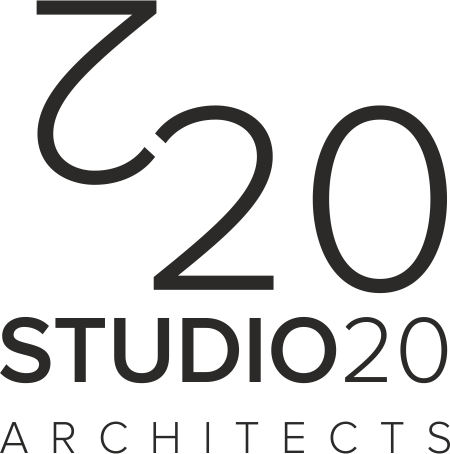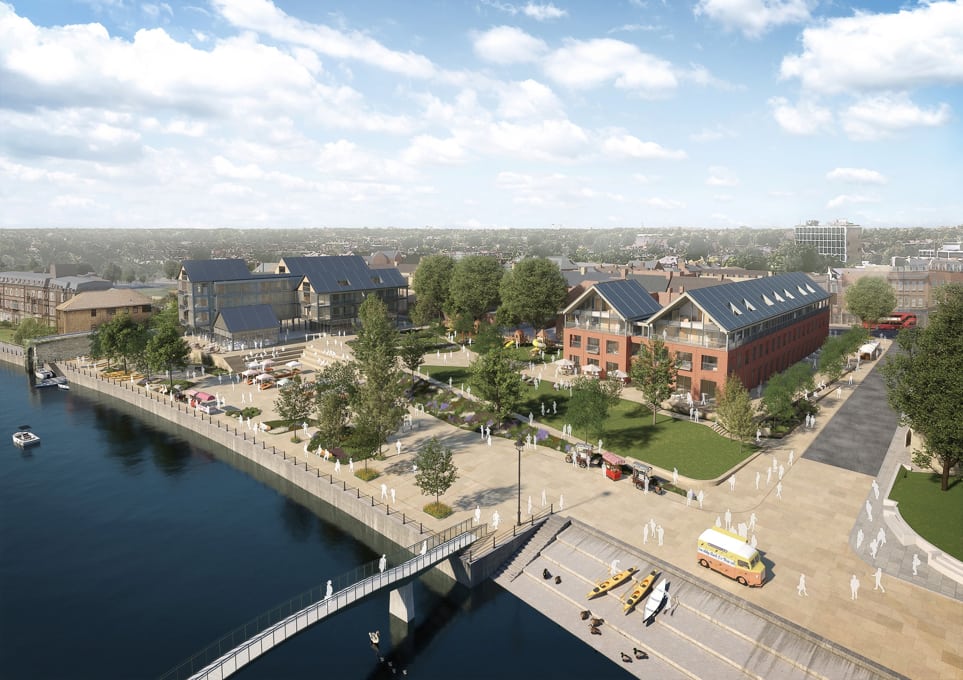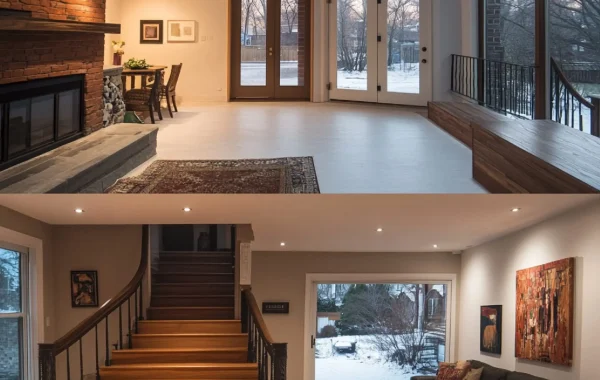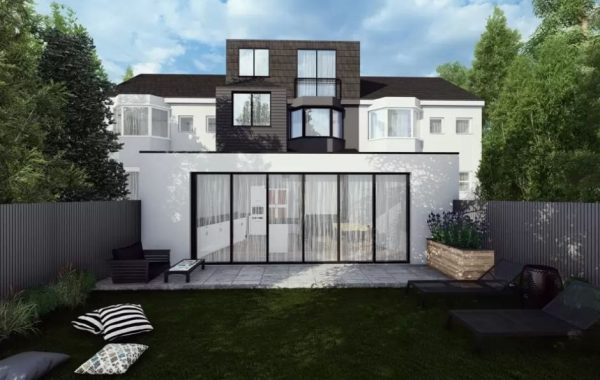How to Successfully Apply for Planning Permission in Richmond West Twickenham
Richmond West Twickenham is one of the most coveted locations in southwest London, known for its attractive residential properties, stunning riverside views, and proximity to both nature and the city. This idyllic setting, combined with its historic charm, makes it a prime location for homeowners, developers, and property investors. Whether you are looking to build a new home, extend an existing property, or convert a commercial space, understanding Richmond West Twickenham planning permission is a crucial first step.
In this comprehensive guide, we will delve deep into the process of securing planning permission in Richmond West Twickenham, exploring the key considerations, regulations, and steps involved. By the end of this article, you’ll have a clear understanding of how to navigate the planning permission process, ensuring that your project complies with local rules while contributing to the area’s growth.
Understanding Richmond West Twickenham Planning Permission
Planning permission is a legal requirement for most types of development and building work in the UK, including new builds, extensions, renovations, and significant changes in land use. It is a way for local authorities to manage and control how land is developed and used, ensuring that construction projects align with community needs, safety regulations, and environmental standards.
In Richmond West Twickenham, planning permission is regulated by the Richmond upon Thames Borough Council, the local authority responsible for overseeing all development activities within the area. Richmond West Twickenham, like many parts of London, is covered by strict planning controls due to its historical significance and the importance of maintaining the local character.
Key Considerations When Applying for Planning Permission in Richmond West Twickenham
When applying for planning permission in Richmond West Twickenham, there are several essential factors to consider:
Heritage and Conservation Areas: Richmond West Twickenham is home to several properties that fall within conservation areas, which means they are subject to additional planning regulations designed to preserve their character. If your property is located within a conservation area, you may face more stringent restrictions on the type of work you can carry out, particularly with regard to the exterior design and the materials used. In some cases, certain projects, such as demolitions or large-scale alterations, may be prohibited.
Environmental Impact: Given the area’s proximity to green spaces, riversides, and nature reserves, Richmond West Twickenham is subject to environmental regulations aimed at protecting these areas. If your project involves any land use changes, particularly those impacting flood zones or natural habitats, you may need to submit an Environmental Impact Assessment (EIA) as part of your planning application. This will assess the potential environmental consequences of your proposed development and help mitigate any adverse effects.
Local Development Framework (LDF) and Policies: Richmond upon Thames has a Local Development Framework (LDF) that outlines the key planning policies and guidelines for the borough. These policies are designed to ensure that all new developments are in line with the council’s goals for housing, transport, sustainability, and community development. It’s important to familiarize yourself with these policies to ensure your planning application is aligned with the local vision.
Accessibility and Transportation: Richmond West Twickenham benefits from excellent transport links, including bus routes and train services to central London. However, any new development or renovation must take into account the local transport infrastructure, particularly parking and accessibility. Developers and homeowners must ensure their projects do not worsen local congestion or impact public transportation services. Large-scale projects may also require transport assessments or a travel plan.
Steps to Secure Planning Permission in Richmond West Twickenham
Navigating the planning permission process can be complex, but breaking it down into manageable steps can make the process more straightforward. Here’s an overview of the steps involved in obtaining planning permission in Richmond West Twickenham:
Pre-Application Consultation: Before submitting a formal application, it’s a good idea to arrange a pre-application consultation with the Richmond upon Thames Borough Council. This will allow you to discuss your proposed development with planning officers, receive informal feedback, and clarify any issues that might arise during the formal application process. It’s a valuable opportunity to ensure that your project aligns with local policies and avoid potential delays later on.
Prepare Your Application: When you’re ready to submit your planning application, it’s important to gather all the necessary documents and information. This typically includes:
- A completed planning application form.
- A location plan and site layout plan.
- Detailed architectural drawings and designs of your proposed development.
- A design and access statement, explaining the rationale behind your project and how it meets planning policies.
- Any additional documentation, such as an Environmental Impact Assessment (EIA), if applicable.
If your project is within a conservation area or involves listed buildings, additional permissions or consents, such as listed building consent or conservation area consent, may be required.
Submit the Application: Once all your documents are prepared, submit your planning application to Richmond upon Thames Borough Council via their online portal or in person. There is usually a fee associated with submitting an application, which varies depending on the scope of the project.
Council Assessment and Consultation: After submission, your application will be reviewed by planning officers at the council. The council will assess your proposal against local planning policies, taking into account any relevant issues such as design, impact on neighbors, sustainability, and compliance with conservation regulations. The council may also consult with other stakeholders, such as local residents, statutory consultees, and heritage bodies, especially if your property is in a conservation area or involves listed buildings.
Decision Notification: Planning applications are typically determined within eight weeks of submission, although this can vary depending on the complexity of the project. You will receive written notification of the council’s decision, which could be an approval, refusal, or approval subject to conditions. If your application is approved, you will be given details of any conditions that must be met before you can begin construction.
Appeal Process (If Necessary): If your application is refused, you have the right to appeal the decision. You can submit an appeal to the Planning Inspectorate, which will review your case and decide whether to overturn the council’s decision. However, appeals can be time-consuming, so it’s often better to address any issues raised during the application process before submitting a final proposal.
Common Challenges in Richmond West Twickenham Planning Applications
While planning permission in Richmond West Twickenham is relatively straightforward for many projects, there are some common challenges that applicants may face:
Objections from Neighbors: One of the most common reasons for delays or refusals in planning applications is objections from local residents. If your proposal affects the views, privacy, or enjoyment of nearby properties, there may be strong opposition. To minimize the risk of objections, consider engaging with neighbors early on to address any concerns and ensure that your project is designed with their needs in mind.
Conservation Area Restrictions: If your property is located in a conservation area, you may face stricter regulations, particularly regarding the external appearance of buildings and the materials used. Developers often face difficulties in balancing the need for modern designs with the requirement to preserve the historical integrity of the area.
Environmental Considerations: Richmond West Twickenham’s natural environment and flood zones can add an extra layer of complexity to planning applications. For example, properties located near the River Thames may require a flood risk assessment, and any proposals that impact local wildlife or green spaces may face additional scrutiny.
Final Thoughts: Planning Permission in Richmond West Twickenham
Securing planning permission in Richmond West Twickenham requires careful attention to detail and a thorough understanding of local planning policies. By familiarizing yourself with the regulations, preparing a strong application, and addressing potential challenges, you can increase your chances of success. Always consult with planning professionals or architects to ensure that your project complies with the relevant rules and contributes to the area’s continued growth and appeal.
Whether you’re embarking on a major development project or looking to make minor alterations to your home, navigating the planning permission process in Richmond West Twickenham will require patience and careful planning. However, with the right guidance, you can transform your vision into a reality while respecting the local character and ensuring that your development stands the test of time.





